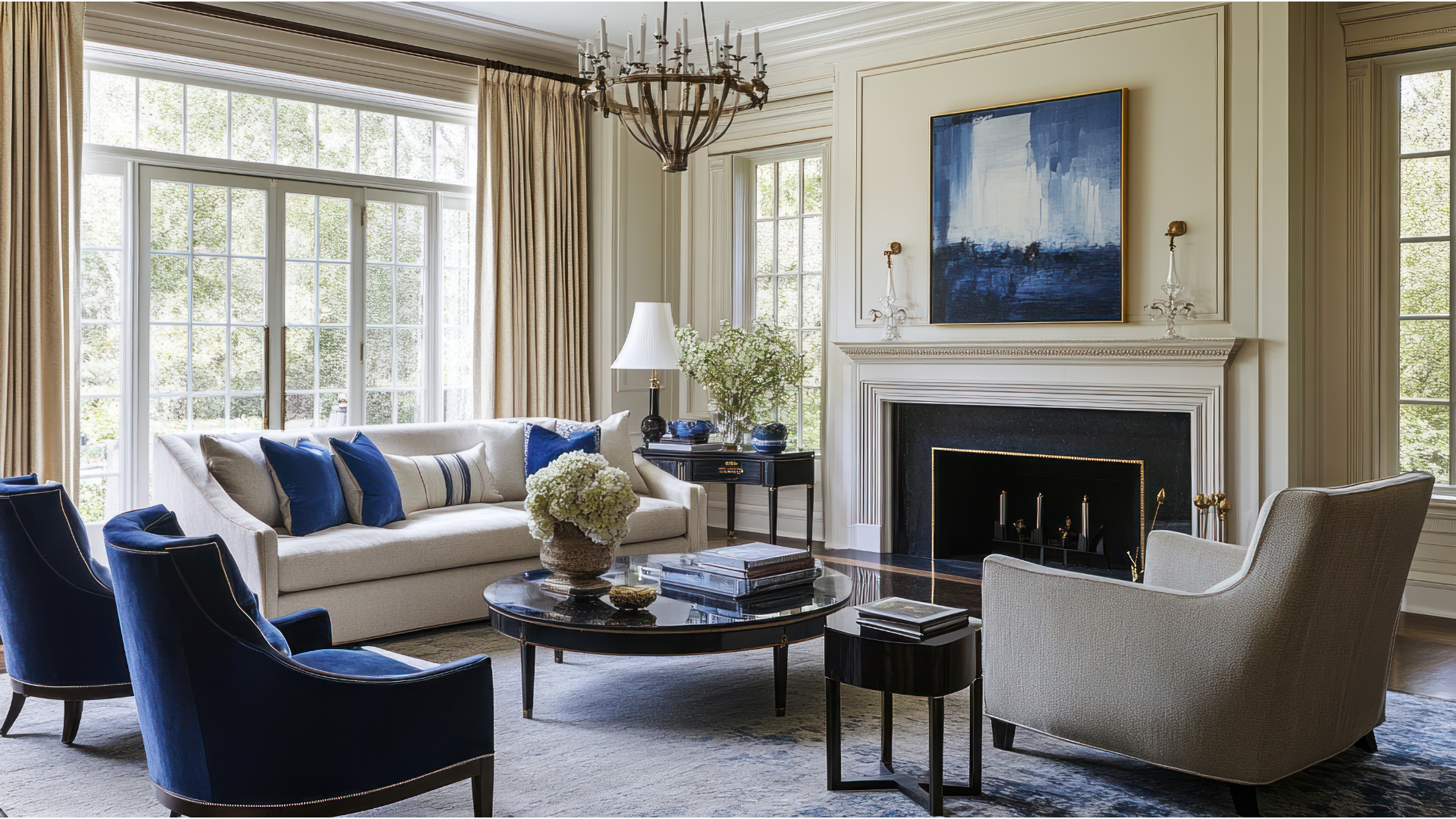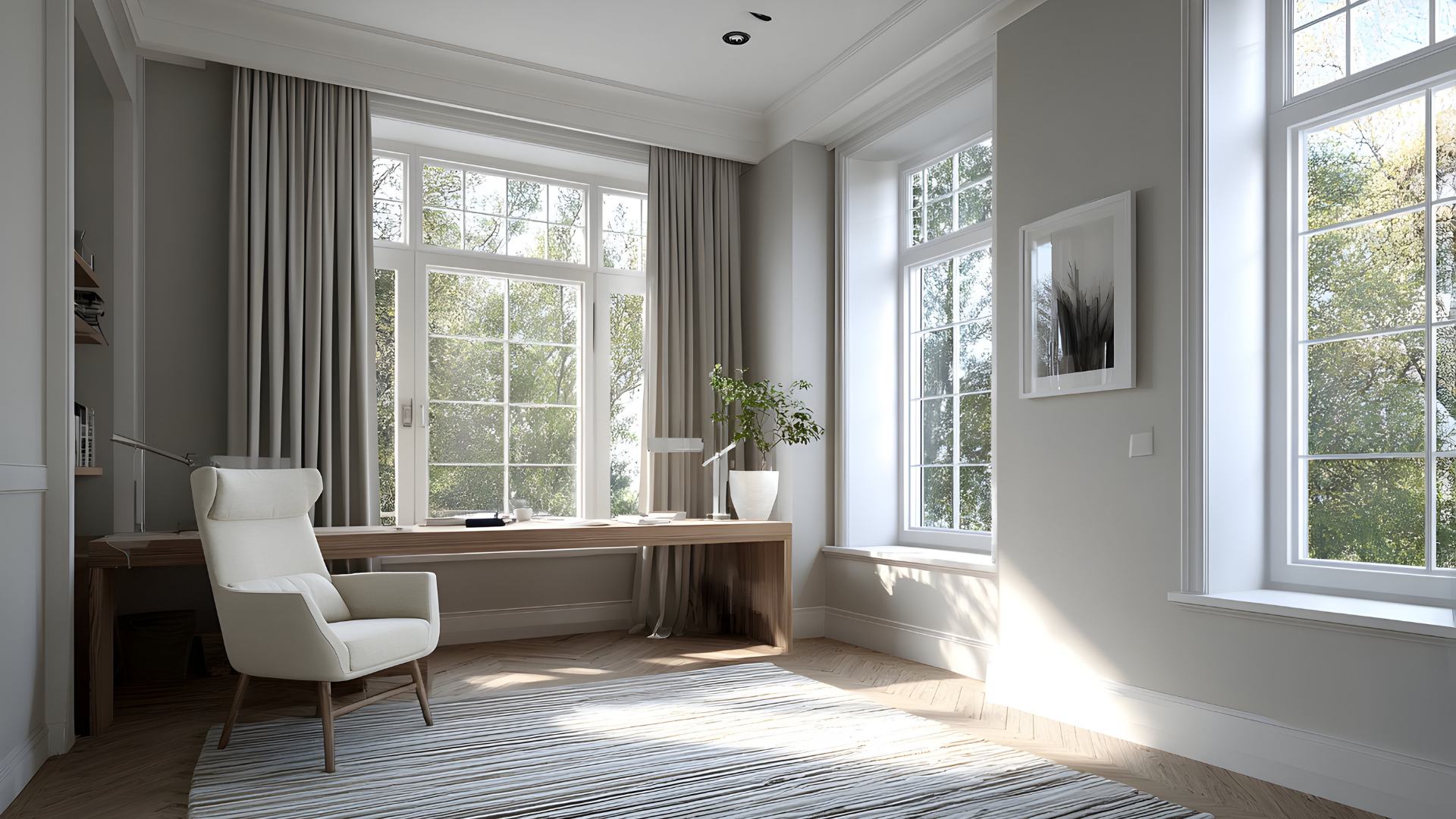DIY Painting Versus Hiring Professionals
Key Differences Between DIY And Professional Paint Jobs
There’s something exciting about the idea of taking a paintbrush in hand and transforming a space on your own. A new color can shift the mood of an entire room, brighten an outdated space, or give a house fresh curb appeal. At first glance, painting seems like one of those projects that anyone can pull off with a weekend and a few cans of paint. The reality, though, tends to look a little different once the job gets underway.
When the first coat dries, imperfections that looked invisible in the moment suddenly catch the eye. Brush strokes stand out, the edges along trim aren’t as sharp as imagined, and a few missed patches linger. Lighting only exaggerates these issues further, especially when sunlight streams across walls or when overhead bulbs throw shadows that make every uneven stroke visible. What felt like a quick refresh quickly becomes a long and frustrating battle with roller marks, tape that didn’t quite hold, or a finish that doesn’t look nearly as polished as expected.
That’s where the distinction between do-it-yourself projects and the work of a professional crew begins to emerge. The difference isn’t just in how the paint goes on but in how the entire process is approached—from surface preparation to the final touches.
Where DIY Efforts Fall Short
The most common issues that homeowners notice after tackling a paint job themselves often come down to the same handful of problems. The first is surface preparation. Walls may look smooth at first glance, but tiny dents, dust, and residue create a rough base that prevents paint from adhering properly. Skipping primer or sanding means even the most expensive paint won’t live up to its promise.
Then there’s the matter of coverage. DIY painters frequently underestimate how many coats are truly needed, or they try to stretch paint too thin. The end result is patchy walls where some sections look bold while others appear faded or streaked. Corners and edges pose another challenge. Even with painter’s tape, it’s easy for lines to wobble, bleed, or leave uneven borders that distract from the rest of the room. Outlets, trim, and even flooring can end up with stray smudges that are nearly impossible to ignore.
And while many people pick paint based solely on color, not all paints are created equal. Lower-quality products or bargain brands may save money upfront, but they often fade quickly, peel sooner, or require far more coats than expected. Some paints even change slightly in tone once dry, leaving walls looking different than planned. The frustration grows when months later, cracks appear, bubbles form, or peeling starts to spread—forcing a repeat of the entire project and turning what felt like a quick DIY win into an ongoing headache.
Why Professional Work Lasts
The difference between DIY and professional painting becomes even more noticeable over time. Professionals bring a systematic approach that prioritizes the preparation stage just as much as the painting itself. Walls aren’t simply painted—they’re inspected, cleaned, repaired, and primed so that every coat adheres the way it’s supposed to. That preparation alone sets the stage for durability.
Edges and trim benefit from years of practice and precision tools. Instead of wavy borders and uneven corners, the lines come out sharp and clean, highlighting architectural details rather than distracting from them. Even the way professionals handle lighting makes an impact. They understand how both natural and artificial light will hit the walls, which helps them apply coats that hide imperfections rather than reveal them.
The paints and primers used also make a substantial difference. Professional-grade products are designed to resist fading, prevent peeling, and maintain rich color far longer than most consumer options. Contractors also know how to select finishes that complement the space, whether it’s a durable satin in a high-traffic hallway or a matte finish in a bedroom where glare control matters. Combined with proper prep, the finished result can hold up beautifully for years, reducing the need for constant touch-ups or full repaints.
The financial angle is worth noting as well. While a DIY project may seem less expensive upfront, the long-term costs of repainting or repairing mistakes quickly add up. Hiring professionals from the start means the investment pays off with results that look better, last longer, and spare the homeowner from the hassle of redoing the job.
The Long-Term Perspective
Painting isn’t just about getting color on a wall—it’s about creating a finish that transforms a space and holds that look for the long haul. A room with thin, uneven coats may need to be repainted within a year. Exterior siding done with low-quality paint could peel and fade after just one season of weather. What seemed like a simple project turns into a cycle of constant repairs.
In contrast, a professional job is designed with longevity in mind. Every stage, from scraping away old paint to sealing edges, contributes to a finish that won’t just look good today but will still impress years down the road. The long-term savings aren’t just financial; they’re also about time and peace of mind. Once the job is complete, there’s no need to keep second-guessing or wondering how soon flaws will appear. Instead, homeowners can simply enjoy the refreshed look of their space without the nagging thought of doing it all over again.
Professional painting also enhances a property’s overall value and appeal. Whether the goal is to update a living room, modernize a kitchen, or give the outside of a home new life, the finished product influences how the entire space feels. Crisp lines, even coverage, and rich color create a polished impression that a rushed DIY project rarely delivers.
At the end of the day, painting is one of those projects where the gap between doing it yourself and hiring professionals quickly becomes clear. From the first signs of streaks and uneven edges to the long-term frustration of peeling or fading, the hidden costs of a DIY job can outweigh the initial savings. On the other hand, the precision, durability, and overall finish that come from skilled work stand the test of time.
If you’re ready to give your home a fresh look without the hassle of mistakes or the worry of premature wear, consider working with experts who understand every detail of the process. At Brite Coat Painting, we approach each project with the care, materials, and techniques needed to deliver results that transform spaces and last.
Contact us today to discuss your next project, and let’s bring lasting color and quality to your home.





